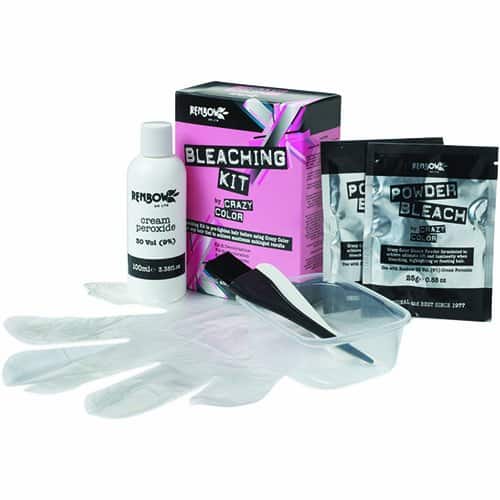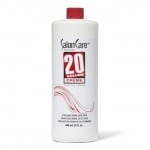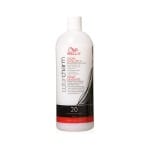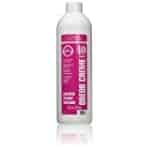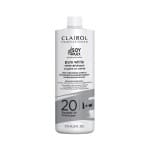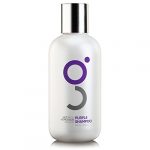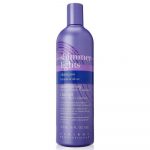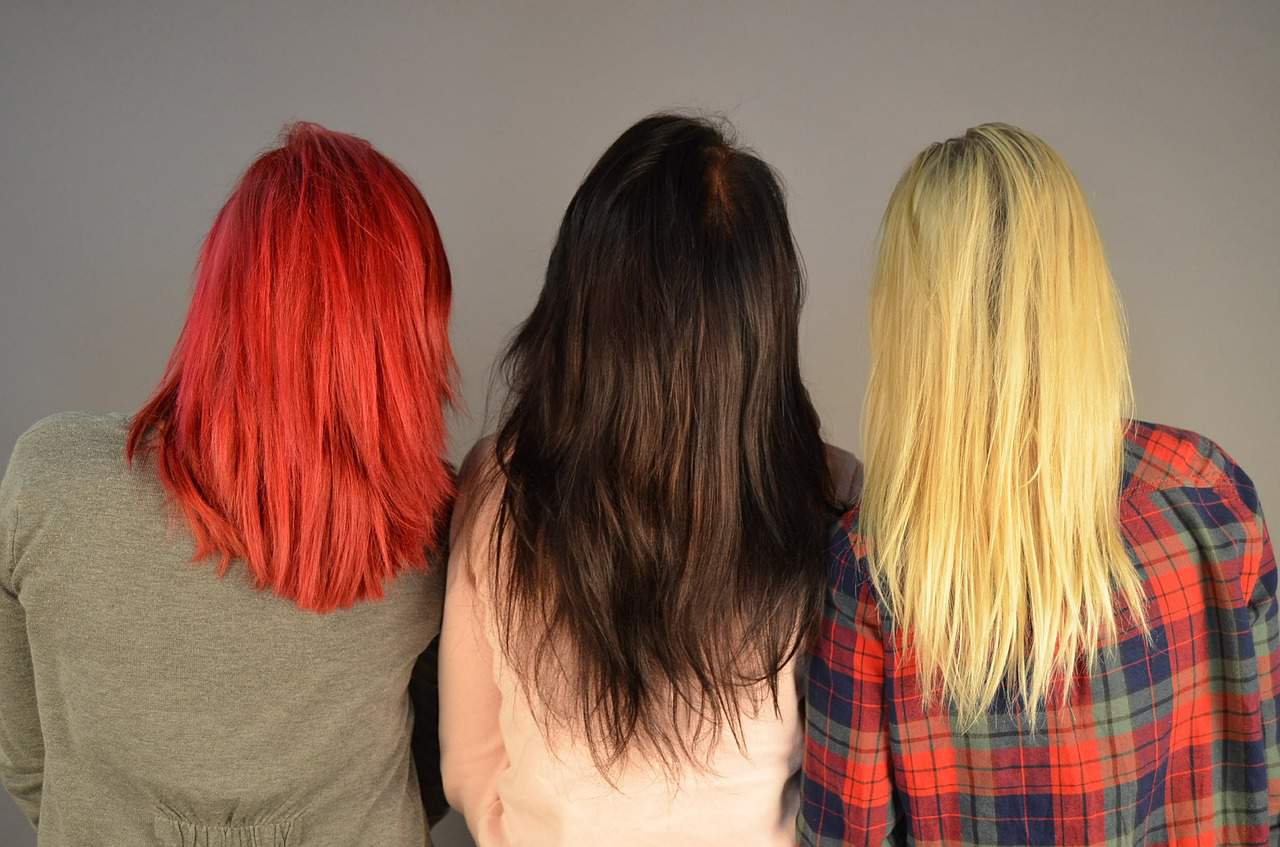Dark hair, but always wanted to be a blonde? Learning how to bleach hair at home can save you a lot of money at the hairdresser, as you will be able to lift your hair color yourself to any blond shade.
Bleach can turn the darkest strands into pale white, but using bleach on your hair incorrectly will lead to damage and unexpected results. A bit of preparation can go a long way to keep your hair healthy and avoid color disasters. So, take your time to learn how bleach works, and how to use bleach to lift your hair color.
Table of Contents
How Does Bleach Work?
Using bleach to lighten your hair means applying a mixture of bleach powder and hydrogen peroxide to activate the bleach. This mixture creates an oxidizing environment and this reaction allows both bleach and permanent hair dyes to work.
This is quite an aggressive chemical process, which can cause hair damage even to the point of hair breaking up, serious scalp irritation, and even chemical burns. So, approach bleach carefully and try to make sure your scalp and your hair are in as great condition as possible.
Hydrogen peroxide mixed with bleach will open the cuticles of the hair and oxidate the pigment present in the hair, lightening your hair. Peroxide is also used to make permanent hair dye work.
It’s used usually on 10 volume preparations for non-lift permanent hair dyes, 20 volume for low-lift, and 30 for high lift. Hair dyes with peroxide use the oxidizing reaction to convert the dye into a colored pigment that embeds itself under the hair cuticle.
What Is the Right Peroxide Volume for Bleaching Hair at Home?
The concentration of peroxide is what determines the maximum amount of lift you can accomplish when bleaching hair at home. However, the potency of the mix also affects the negative effects: scalp burns and irritation as well as hair damage.
It is best to always use the lowest possible peroxide concentration that will do the job. Choose depending on your hair color level and health, and how processed it is, not only the quickest or strongest way to get your desired lift level.
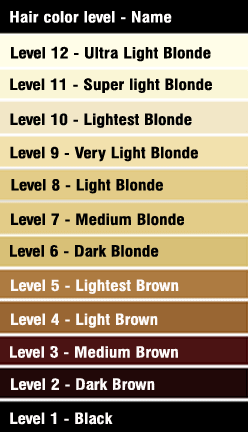
Use this chart to decide how much lift you need
Depending on how strong the peroxide you use— based on the concentration, measured in volumes— the preparation will be more or less strong. For example, bleaching light brown hair to a blonde shade would require very low peroxide strength, such as 10 volumes.
Whereas if you have very dark hair and want to get to icy blonde, you would need very high strength peroxide (30 volume) and a long exposure time. Or, in order to prevent your hair from burning out, several bleaching sessions over a few weeks.
Also, keep in mind that unlike with hair color, a peroxide-and-bleach mix doesn’t deactivate itself and stops working after half an hour. In fact, bleach will continue lifting color until it’s washed out, so keeping an eye on your hair as it processes is very important to minimize exposure times and subsequent hair and scalp damage.
Most bleach horror stories are due to using too strong peroxide and leaving it for too long, so don’t be one of them.
Types of Peroxide Volumes
There are generally 4 degrees of peroxide concentration, and only 3 of them should be used with bleach.
10 Vol peroxide is the lowest available concentration, used on no-lift dyes and when you want to lift natural virgin hair just a little. You could achieve hair 1 or 2 levels lighter in the best case, provided your hair has never been dyed with permanent dark dyes. However, if you are in this situation you are probably better off with a single process high-lift hair dye.
20 Vol peroxide is the most standard concentration used for at-home lightening, and can lift hair 2 or 3 tones, so you could accomplish a medium blonde color from a light blonde. It isn’t nearly strong enough to lift dark hair to blonde in one application, but it’s much gentler than higher concentrations so in some cases may be used as part of a multiple-step gradual lightening process. This is also best if you have sensitive skin that would get too irritated with stronger peroxide concentrations.
30 Vol peroxide is pretty strong, and most people will feel scalp irritation and are at risk of burns if left for too long on the scalp (which keeps heat more than the ends and so speeds up the process). However, it is the only way to get a 3- to 4-level lift, so if you are in a hurry to be blonde and don’t want to go through the awkward semi-brassy brunette phase, this is your best choice.
Higher concentrations of 40 vol peroxide shouldn’t be used with bleach if it’s going to get anywhere near your skin, scalp, or even highlights around your face.
You really don’t want to use 40 vol at home, even if you manage to buy it at a professional hair products store. Better safe than sorry—your hair and your skin will appreciate that.
How to Bleach Hair to White
Want to pull a Kardashian, and go from dark brunette to platinum blonde in one go? If you want to bleach hair to white or platinum blonde (hair color level 12), be prepared to spend some time doing it.
Depending on your natural hair color, you will most likely need to apply bleach several times in order to avoid burning your hair.
Products such as Smartbond and Olaplex are designed to protect hair from excessive damage when bleaching but even then you can’t expect to lift your hair 10 levels and not cause any damage.
| Picture | Product Name | Price |
|---|---|---|
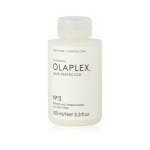 | Olaplex Hair Perfector No 3 Repairing Treatment, 3.3 Ounce | $$ |
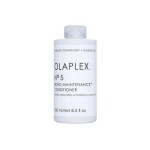 | Olaplex No.5 Bond Maintenance Conditioner, 8.5 Fl Oz | $$ |
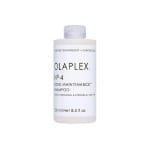 | Olaplex No.4 Bond Maintenance Shampoo, 8.5 Fl Oz | $$ |
In order to bleach hair white without damage, the best advice is to proceed with caution and do it over several sessions a week or two apart.
Yes, this means your hair may be orange for a while, but it will be worth it to bleach your hair to platinum without excessive damage.
Use Olaplex every time and restore health to your hair in between sessions with protein treatments for damaged hair. We recommend Aphogee Two-step Treatment Protein for Damaged Hair to restore some of the lost protein and structure on bleached hair.
If you are not confident and have never bleached your hair before, you may be better served going to a professional, as there is a fine line between gorgeous platinum hair and straw-like burned strands.
Stock up on Wella’s White Lady hair toner to get rid of the remaining orange and yellow tones and to keep your hair snow white.
How to Bleach Dark Hair Without It Turning Orange
While learning how to bleach brown hair without it turning orange is not strictly possible, it is an easy problem to fix. Dark hair by its very nature will become orange at some point during the bleaching process.
It won’t be a pretty orange and you are unlikely to want to get out of the house with that color on your head, so you will need to tone your hair to remove the orange tones. Or you can bleach the hair past the orange stage and into the yellow blonde stage and tone it afterward.
To tone your hair, you want to use a toner that has blue on it, as blue sits on the opposite end of the color wheel to orange. Wella Toners are amazing for this, but you may need to use it several times if the orange undertones are very strong. The best Wella Toner for orange hair is this one for very strong orange undertones and medium blonde hair, or this one this onefor lighter blondes.
| Picture | Product Name | Price |
|---|---|---|
 | Fanola No Orange Shampoo, 350 Milliliter | $ |
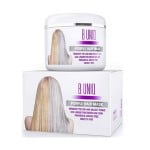 | Purple Hair Mask For Blonde, Platinum & Silver Hair 7.27 Fl. Oz | $$ |
 | Joico Color Balance Blue Shampoo and Conditioner, 10 oz | $ |
If you have achieved your desired lift but your dark hair has turned orange, the best way to fix it is using a toner. We have written in more detail about fixing hair dye disasters here, but in short, you can use a medium ash blonde hair dye (like this one or this one) to neutralize the orange hair down to a cool light brown shade, without lightening your hair too much or damaging it more after bleaching.
Preparing and Applying Bleach: Read This Before You Apply Bleach
The bleach mix starts oxidizing the moment you mix it and will start working on your hair the moment you apply it, so you must be quick. Otherwise, if you are not confident about applying bleach or dye to your hair, one side of your hair will become lighter than the other.
It’s often worth sectioning the hair in 4 sections, and applying bleach to each of them individually, so you can wash off the bleach from one side while the others process.
Timing is everything, so make sure you are confident about your application skills.
Read the instructions on the brand of bleach powder you are using, and mix it with the peroxide at your chosen concentration. Always use gloves and plastic tools, no metal bows here.
It is better to mix the bleach in a small bit, so it doesn’t go old while you are busy applying it to the hair. This is where sectioning comes really useful unless you have a helper or lots and lots of practice.
| Picture | Product Name | Price |
|---|---|---|
 | Manic Panic Flash Lightning Bleach 30 Volume Box Kit | $ |
 | Manic Panic Flash Lightning Hair Bleach Kit 40 Volume | $ |
 | L'Oreal Quick Blue Powder Bleach, 16 Ounce | $ |
Also, bleach can and will cause damage to clothes, so arm yourself with an old t-shirt or old towels you don’t mind getting stained. Vinyl gloves are much more comfortable than the ones that usually come with commercial bleaching sets.
Keep a timer nearby. An egg timer is actually better than your smartphone because you may get accidental stains and it’s a risk better avoided. Some cleaning wipes for the inevitable bleach droplet on the bathroom sink are also handy.
It pays to be prepared and have everything you need handy, bleaching hair is a time-critical process and you don’t want to run around your home with bleach in your hair trying to find your timer.
Applying Bleach to Your Hair
Apply bleach quickly, quadrant by quadrant, starting from the back of your head and then working through the remaining hair in small layers, until your hair is fully covered. The only way to stop the bleach from working is by rinsing it off, so sectioning makes for a quicker and even application.
Learning how to bleach your hair safely feels a lot like perfecting your application method and your timers.
How Long Should I Leave Bleach in My Hair?
Bleach will start working the moment you apply it to your hair, and won’t stop until you wash it off. However, after one hour, the lightening powder that actually does the lifting will be mostly gone and won’t lighten further.
If you want more lift after one hour, then you’ll need to give your hair as much TLC as you can for a week. Only then should you attempt to bleach again. This sort of double processing can be really damaging to hair, so be careful with how far are you willing to go in terms of hair damage.
Once the bleach is in your hair, you need to check it every 5 to 10 minutes. Check more often as you get closer to your desired lift level. During bleaching your hair would go from dark brown, red-brown, red, orange-red, orange, yellow, and finally pale yellow. You will fix the color afterwards with a toner, so look at the intensity of color only. Don’t color your hair without our quick charts, though!
Washing Off Bleach
Bleach will keep working on your hair unless you wash it off really well. I think this is worth repeating again.
So as soon as you have achieved the level of lift you wanted, rinse it off carefully with very cool water. This will also help soothe your scalp. Rinse your hair carefully, and afterward, apply shampoo twice to make sure all of it is gone.
Use quality shampoo for damaged hair. Your hair right now needs all the help it can get, but don’t condition right away.
After bleaching your hair, you will most likely have unwanted undertones, from red to brassy or outright orange. The way to fix this is by using a toner, and toners work best if used without a conditioner. So even if your hair feels like straw, tone first and condition later.
Once you have rinsed the toner and you are happy with your hair, then condition it using a high-quality conditioner. If you have the time, an intensive conditioner for bleached hair will be even better. After bleaching, hair is porous and weak. White vinegar added to your last rinse will close the cuticles and improve the health of your hair.
Bleaching your hair is often the only way to achieve a dramatic change in hair color and it can be done at home provided you are careful. If in doubt, err on the careful side and apply lower peroxide volumes and processing times.
If you don’t feel confident, then invest in a good colorist to do it for you, most people never bleach their hair at home. But if you follow this guide on how to bleach your hair, you will avoid becoming a bleached hair horror story and enjoy the blonde hair you always wanted.
0
